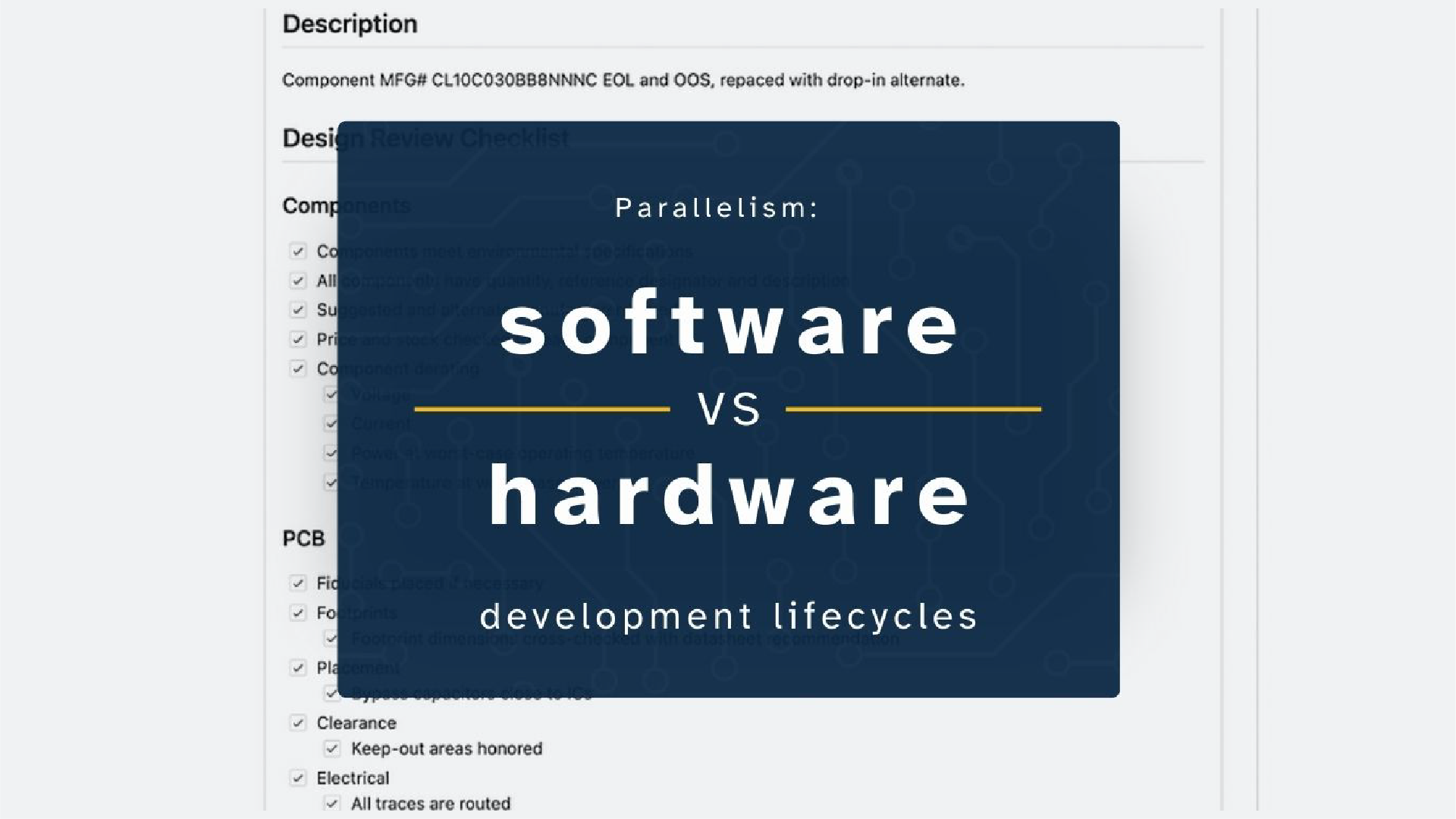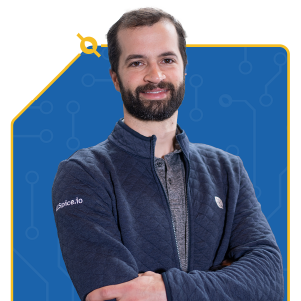Abstraction and modularity
At the heart of both SDLC and HDLC lies the fundamental concept of abstraction and modularity. In software, developers abstract complex functionalities into modular component systems, creating a structured and scalable codebase. Similarly, engineers employ hierarchical abstraction in hardware design to break down intricate systems into manageable modules, fostering a systematic and organized approach.
Design process and iterative development
The engineering design process is a cornerstone of both SDLC and HDLC. Requirements gathering, specification, design, implementation, testing, and debugging constitute the iterative cycles fundamental to these processes. Software developers iterate over code, refining functionality and enhancing performance. Hardware engineers, in parallel, iterate through design cycles, refining circuits and optimizing performance parameters.
Software development blocks are just like hardware blocks
While software developers leverage programming languages like Python or C++, hardware engineers utilize hierarchical blocks, symbols, footprints, and netlists. Despite their differences, both enable engineers to express the behavior and structure of their respective systems, fostering a seamless translation from high-level design to implementation.
Simulation and testing
Simulation plays a pivotal role in both domains, acting as a virtual testing ground before the actual implementation phase. In software, developers simulate program execution to identify bugs and validate functionality. Likewise, hardware engineers leverage simulation tools to model circuit behavior and validate the correctness of their designs. Testing, whether in the digital or analog realm, is a critical aspect that ensures the robustness and reliability of the final product.
Continuous integration/continuous deployment (CI/CD)
In recent years, the adoption of CI/CD practices has revolutionized software development, providing a continuous and automated pipeline for integration, testing, and deployment. Similarly, HDLC has embraced CI/CD methodologies to streamline the development of hardware systems. Automated testing, version control, and deployment pipelines ensure that changes are systematically validated, reducing the risk of errors and accelerating the development lifecycle.
Documentation and version control
Clear and comprehensive documentation is imperative for successful collaboration within development teams. In both software and hardware domains, documentation serves as a reference for understanding design decisions, functionalities, and interfaces. Git version control systems are pivotal in tracking changes, managing revisions, and facilitating collaboration among team members.
The parallels between the software development lifecycle and the hardware development lifecycle underscore the interdisciplinary nature of modern engineering. The technical similarities between these life cycles are evident, from abstraction and modularity to iterative development and CI/CD integration. Recognizing these commonalities promotes a holistic understanding of system development and facilitates collaboration between software and hardware engineers in the pursuit of creating robust and efficient integrated systems. As technology continues to advance, the synergy between these life cycles becomes increasingly vital for the seamless evolution of complex and interconnected systems.



